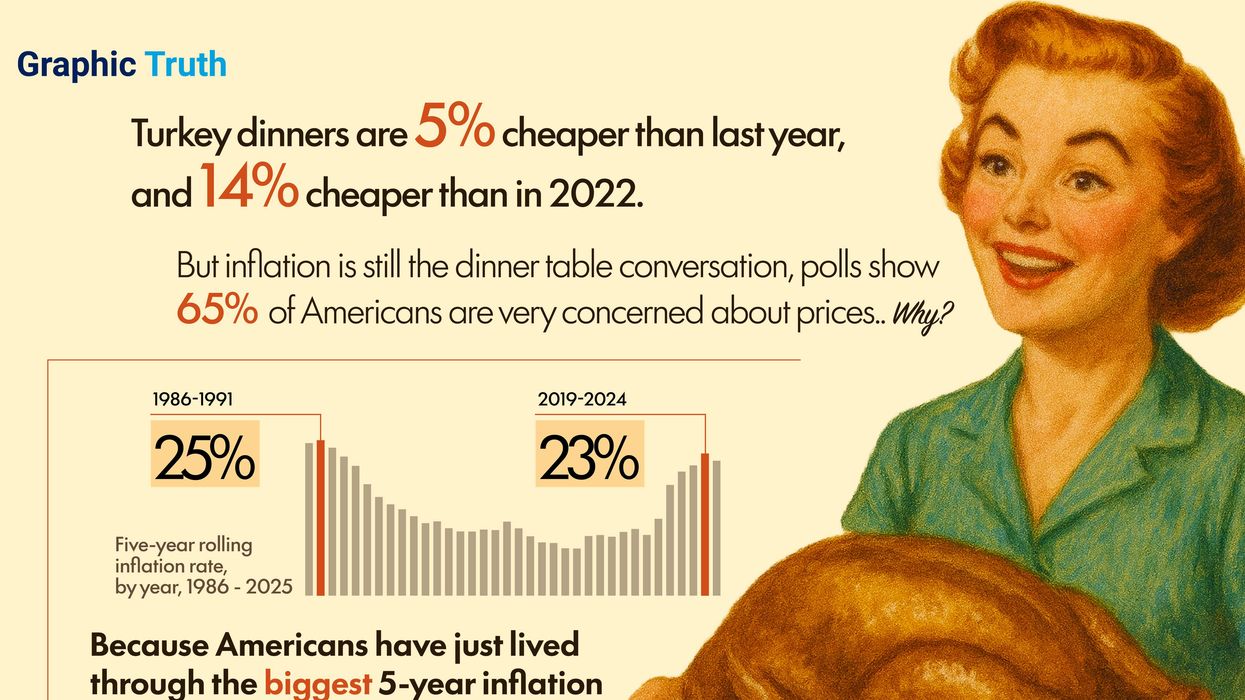Today, Texas’s legislature could hand Republicans five new congressional seats – and set off a red hot redistricting battle ahead of the 2026 midterms.
Back up: Redistricting normally happens once a decade after the census, but this off-cycle push came only after US President Donald Trump pressured Texas lawmakers to act. State Republicans were initially reluctant. “This has been a potent demonstration of Trump’s power nationally,” says Eurasia Group US expert Noah Daponte-Smith.
Democrats tried to stop it. For two weeks, they fled the state, denying the Texas House a quorum and delaying all legislative business. Governor Greg Abbott even threatened to arrest them. But with the lawmakers back, Republicans can now call for a vote and pass the map.
What’s at stake in Texas? The GOP plan is simple: lock in the rightward shift from 2024. “What Texas Republicans are trying to do is pretty transparent: capitalize on the gains they made in the 2024 cycle, when Texas moved right, to gain five new congressional seats,” says Daponte-Smith. If successful, Republicans would control 30 of Texas’s 38 congressional districts.
Still, the outcome isn’t guaranteed. Much of the map’s advantage depends on Hispanic voters continuing their drift to the right. “Should Hispanic voters—who moved to the right in 2024—shift back to the left in 2026, Republicans might gain only three seats, or fewer,” Daponte-Smith cautions.
California strikes back. Democrats aren’t sitting idle. Governor Gavin Newsom has vowed to redraw California’s map to add five new Democratic-leaning districts, which would give Democrats control of 48 of the state’s 52 seats. “California’s movement matters especially to Democrats for two reasons: its immense size and the limited ammunition that Democrats hold elsewhere in the redistricting wars,” says Daponte-Smith. Most blue states rely on nonpartisan commissions or are already maxed out from adding more seats, leaving California as the Democrats’ only real weapon.
Even so, smaller GOP-led redistrictings in states like Florida and Ohio could offset Newsom’s move, keeping the national balance tilted toward Republicans.
“Republicans have a tiny majority and know they will likely lose it even if the midterms go better than usual. Redistricting is meant entirely to reduce the chances of losing the House.”
The bigger picture. This redistricting arms race is narrowing the number of competitive seats nationwide. Fewer contested districts mean congressional majorities may be smaller and harder to flip than in the past.
It also comes at a cost to representation. Both Texas and California are using strategically drawn lines that lump together very different communities. In California’s proposed map, one district would stretch from Modoc County near the Oregon border all the way to Marin County outside San Francisco. Those are two politically and socio-economically distinct regions, yet under this proposal, they’d share a single representative. No surprise then that a recent poll found nearly two-thirds of California voters prefer keeping the state’s independent redistricting commission over handing the power back to lawmakers.
Bottom line: Redistricting is no longer a once-a-decade local affair — it’s now a weapon to be deployed at any time in the partisan chess game to control Congress. The Texas-California showdown suggests these knife fights over voting lines may not just define the next map, but become a rolling battle.


















